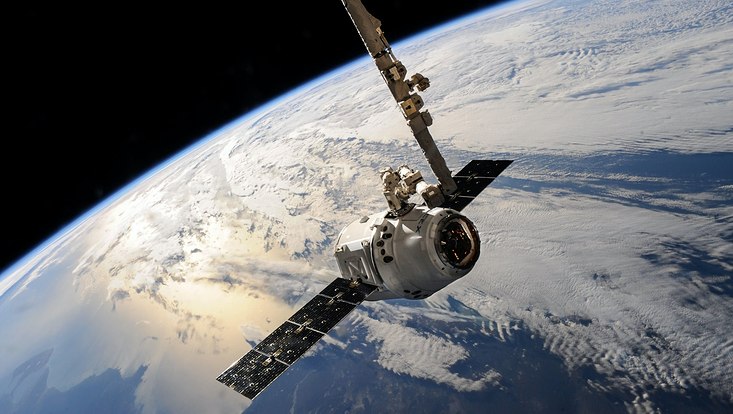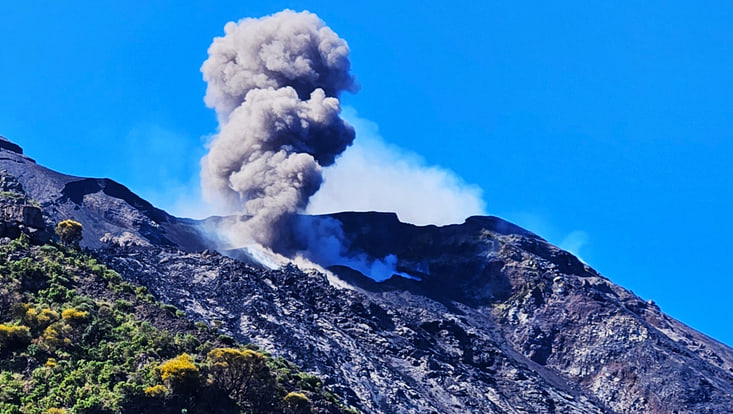Study sheds new light on feedbacksSatellites help gauge climate sensitivity
20 April 2023

Photo: Pexels
How much thermal energy does the Earth emit to space? This is a key climatic factor, which the long-wave feedback parameter can lend insights into. A research team led by doctoral candidate Florian Römer from Universität Hamburg’s Center for Earth System Research and Sustainability (CEN) has now spectrally measured it for the first time – using satellite time series. Their findings have just been published in the journal Nature Geoscience.
When the atmosphere warms in response to climate change, additional water vapor is produced – itself a greenhouse gas that traps thermal radiation near the Earth’s surface, causing temperatures on our planet to rise further: a self-amplifying feedback. Climate sensitivity shows (in degrees Celsius) how the Earth responds to greenhouse gases when the amount of CO2 in the atmosphere doubles. Calculating it requires a solid grasp of how feedback processes on our planet work.
These processes can be calculated using the long-wave feedback parameter. Florian Römer and his team have now spectrally calculated this value on the basis of satellite data. What spectral means here: for the first time, the new method yields a detailed image of feedbacks at various radiation frequencies.
“Thanks to the spectral resolution, we can now see exactly how much various radiation frequencies contribute to feedback,” says Römer. “This will allow us to gain a much better understanding of physical processes in Earth’s climate.” Previous studies only used the total energy – or “integral” – to calculate the parameter. But valuable information is lost in the process. Further, the climate models that are used to calculate the feedback parameter are often based on highly simplified assumptions. The new method offers the researchers more detailed insights into which processes affect climate sensitivity – which, in turn, will determine what Earth’s future climate looks like.
Some of Römer’s findings also came as a surprise: until now, climate models had assumed that, at those radiation frequencies most effectively trapped by water vapor, the radiation to space remained constant as temperatures rose. In this view, the feedback parameter is roughly zero. But according to Römer: “As the data on the period analyzed shows, the radiation increases slightly when temperatures rise.” This data can be used to make climate models more accurate, step by step. “Our study shows that in this area, too, satellite data offers a highly effective tool. That represents a significant step forward.”
More information
Publication
Roemer F, Buehler S, Brath M, Kluft L, and John V (2023): Direct observation of Earth’s spectral longwave feedback parameter; Nature Geoscience, DOI: 10.1038/s41561-023-01175-6
Contact
Florian Römer
Universität Hamburg, Meteorological Institute, Department of Earth System Sciences
Center for Earth System Research and Sustainability (CEN)
florian.roemer@uni-hamburg.de (florian.roemer"AT"uni-hamburg.de)
Tel: +49 40 42838-8123
Niklas Keller
Outreach
Center for Earth System Research and Sustainability (CEN)
Cluster of Excellence "Climate, Climatic Change, and Society" (CLICCS)
niklas.keller@uni-hamburg.de(niklas.keller"AT"uni-hamburg.de)
Tel.: +49 40 42838-6456


